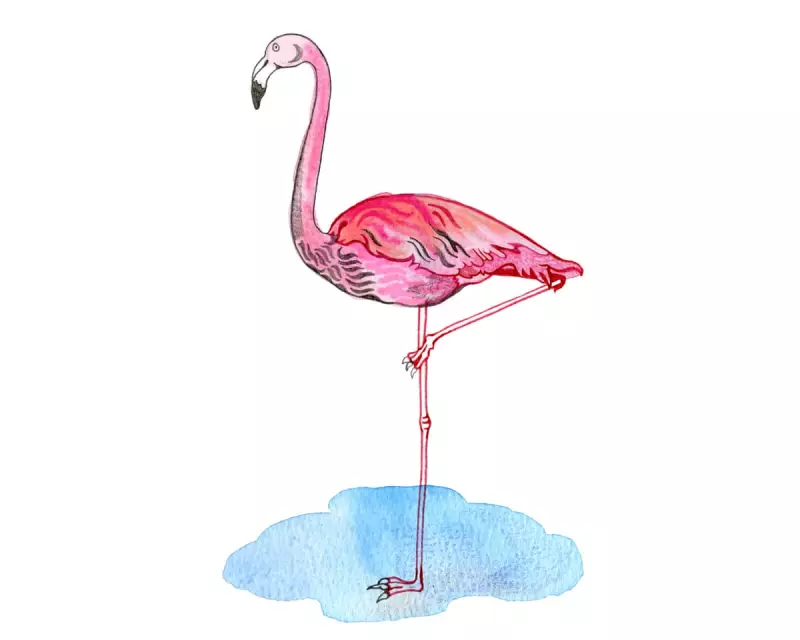
In a fascinating discovery that has captivated the scientific community, researchers have finally uncovered one of nature's most charming mysteries: which leg do flamingos prefer to stand on?
The One-Legged Wonder
For years, observers have marvelled at flamingos' remarkable ability to stand effortlessly on one leg for hours. This iconic posture isn't just for show - it serves crucial biological functions including heat conservation and muscle fatigue reduction.
Surprising Research Findings
Recent comprehensive studies involving careful observation of captive flamingo populations have revealed a clear pattern. Contrary to what one might expect, these elegant birds don't appear to favour one side over the other in the way humans are right or left-handed.
The research indicates flamingos are ambidextrous standers, comfortably switching between legs without showing a consistent preference. This balanced approach allows them to distribute weight evenly and prevent muscle strain during their lengthy standing sessions.
Why the Single-Leg Stance?
Scientists have identified several key reasons behind this unique behaviour:
- Energy conservation: Standing on one leg requires less muscular effort
- Heat retention: Reducing surface area exposed to water helps maintain body temperature
- Comfort: The posture may simply be more comfortable for their unique skeletal structure
- Predator readiness: Quick escape capability remains uncompromised
Implications for Animal Science
This research provides valuable insights into animal biomechanics and energy conservation strategies in the wild. Understanding how flamingos manage to maintain this posture for extended periods could inspire innovations in human ergonomics and robotics.
The findings demonstrate that sometimes nature's most efficient solutions are also its most elegant. As one researcher noted, "The flamingo's balancing act represents millions of years of evolutionary perfection."
Next time you see these pink wonders gracefully balanced on one leg, you'll appreciate the sophisticated biological engineering behind what appears to be simple resting behaviour.





